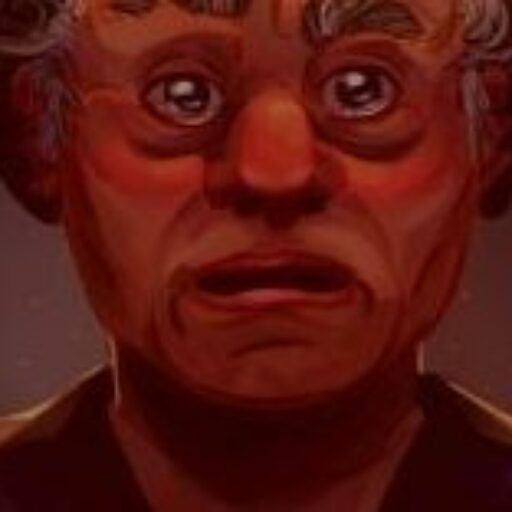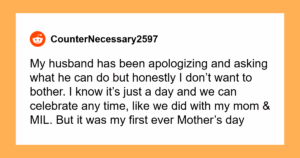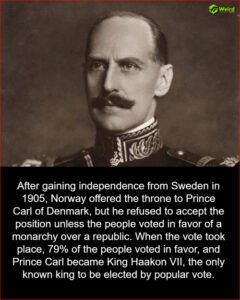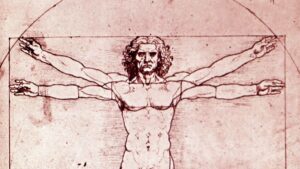The Secret Revolution: How Paperbacks Quietly Changed American Reading Forever
Imagine this: It’s 1939, America’s knee-deep in the Great Depression, and a hardcover book like Steinbeck’s *The Grapes of Wrath* costs you almost three bucks—about as affordable as a VIP movie ticket today. Books? Luxury for the lucky few. Now, picture Robert de Graff, a sharp-tongued publishing maverick, dropping a bombshell on New York’s literary scene with a full-page New York Times ad proclaiming the arrival of “pocket books” priced at a mind-blowing 25 cents. Could flimsy, colorful paperbacks really flip the industry on its head? Spoiler alert: they did—selling out 100,000 copies in just one week, rewriting America’s reading habits long before e-books came along to steal the spotlight. But how did this paperback revolution kick off, and why did old-guard publishers scoff until they couldn’t ignore the cash rolling in? Buckle up—this isn’t just a history lesson. It’s a wild tale of guts, color-splashed covers, and the birth of the book world’s equivalent of a garage band turning into the Beatles.

by Andrew Shaffer / Illustration by Thomas Allen
Half a century before e-books turned publishing upside down, a different format threatened to destroy the industry.
Here’s a little perspective: In 1939, gas cost 10 cents a gallon at the pump. A movie ticket set you back 20 cents. John Steinbeck’s The Grapes of Wrath, the year’s bestselling hardcover book, was $2.75. For a nation suffering 20 percent unemployment, books were an impossible expense.
But in just one day, Robert de Graff changed that. On June 19, 1939, the tall, dynamic entrepreneur took out a bold, full-page ad in The New York Times: OUT TODAY—THE NEW POCKET BOOKS THAT MAY TRANSFORM NEW YORK’S READING HABITS.










